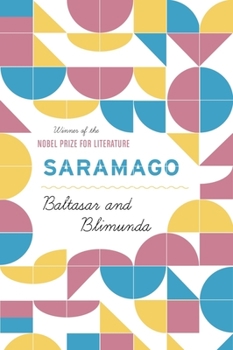Baltasar and Blimunda
Select Format
Select Condition 
Book Overview
From Jos? Saramago, Winner of the Nobel Prize for Literature, Baltasar and Blimunda is a "brilliant...enchanting novel" (The New York Times Book Review) of romance, deceit, religion, and magic set in eighteenth-century Portugal at the height of the Inquisition. Portugal, 1711: an amorous friar is pursued naked through the rubble-strewn streets of Lisbon; an enthusiastic procession of flagellants roars with pleasure over the damnation...
Customer Reviews
Pure Genious
A sensuous history lesson
A love story with which you will fall in love
A tale from the oral tradition
Love and Fantasy in Baroque Lisbon, haunted by Inquisition
Memorial do Convento Mentions in Our Blog

We literally wouldn’t be here without our seniors, so celebrate the ones in your world for their role in creating and bringing you into it by spending time with the older, wiser, ‘been there, done that’ crowd today. But first, keep reading for a list of famous authors who either started writing late in life or kept writing until they were, well, OLD!






